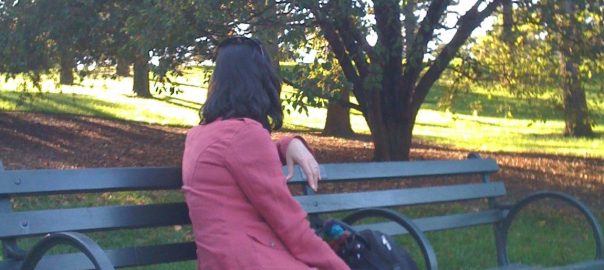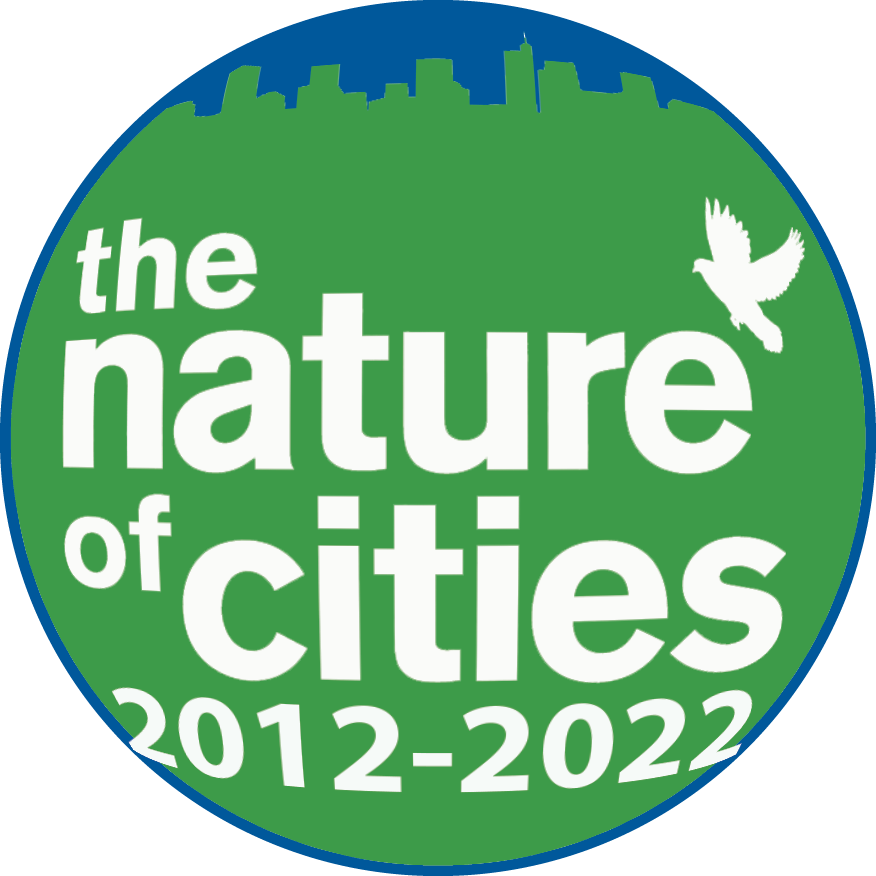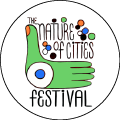19 February 2014
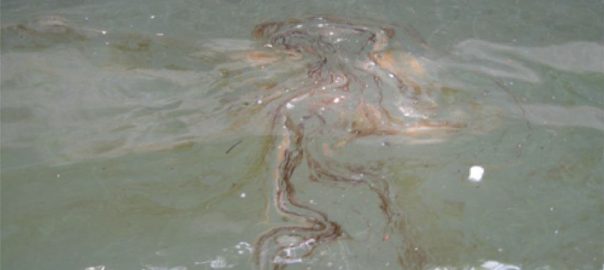
At first glance, Greenpoint seems much like many other ethnically diverse New York City neighborhood struggling with rapid gentrification. Traditional neighborhood businesses jostle for space with trendy new restaurants and shops, while developers hype luxury high-rise development proposals. But, underneath the ground, something is very different. Between the late 1800s...
0 Comment(s)Join our Conversation
16 February 2014

0 There’s an old saying about defecating and eating and not doing both in the same place. It is usually applied to interpersonal relations but serves just as well for industrial ones. And it is particularly relevant to mining. Certainly we don’t want to mine directly upstream of water intake sites,...
1 Comment(s)Join our Conversation
12 February 2014
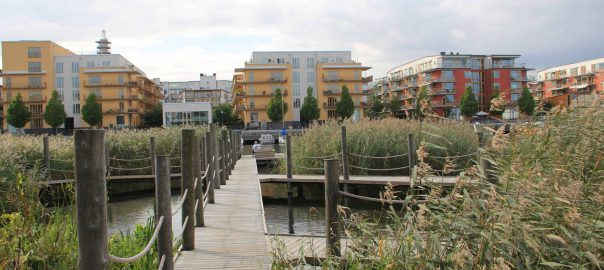
Hammarby sjöstad (Hammarby Lake City) is an urban development project directly south of Stockholm’s South Island. This is no doubt the most referenced and visited spot among Scandinavian examples of implemented eco-friendly urban developments. Hammarby is included in many publications, for example in the recent Ecological Design by Nancy Rottle...
12 Comment(s)Join our Conversation
9 February 2014

Walking in Bangkok is a messy experience. It is impossible to predict a change of grade or width of sidewalk under your feet. That is if there is a sidewalk. Similarly it is impossible to predict if the next building you walk past will be a shop house, condominium, bungalow,...
3 Comment(s)Join our Conversation
5 February 2014
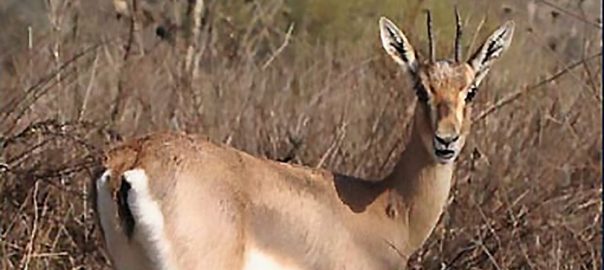
The City of Jerusalem has been subject to geopolitical and religious conflict for more than three millennia, ever since King David chose it as the site for the capital of the Kingdom of Judah. His choice has often been criticized, because of the inherent difficulty in supplying water to the...
0 Comment(s)Join our Conversation
3 February 2014
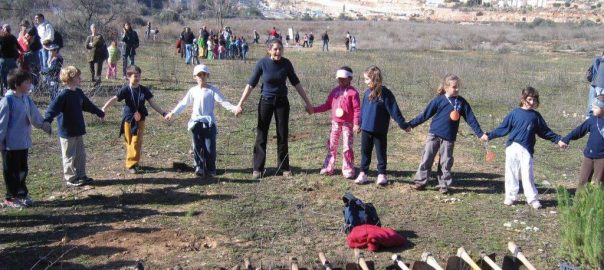
13 Comment(s)
Join our Conversation
2 February 2014
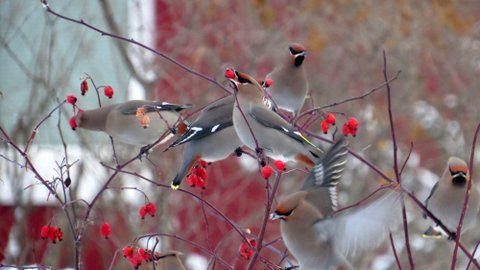
Kim Behrens and I are driving slowly through my Turnagain neighborhood on a snowy mid-December afternoon, when a legion of songbirds prompts us to pull over to the curb, grab binoculars, and scramble out of her truck. In deepening grayness, we stand in open-mouthed amazement among yards that have been...
3 Comment(s)Join our Conversation
29 January 2014
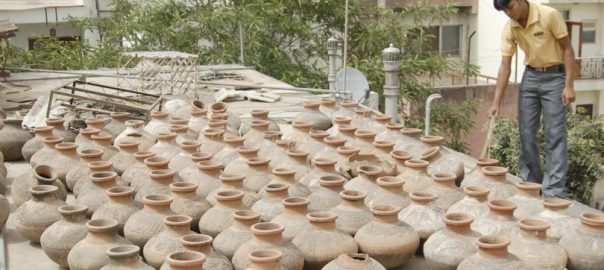
I recently relocated to New Delhi after more than a decade — a set of years which entailed rapid economic growth for India. Infrastructure development in cities around the country is booming and it is difficult to travel for too long without meeting the rising towers of concrete and shining...
2 Comment(s)Join our Conversation
26 January 2014
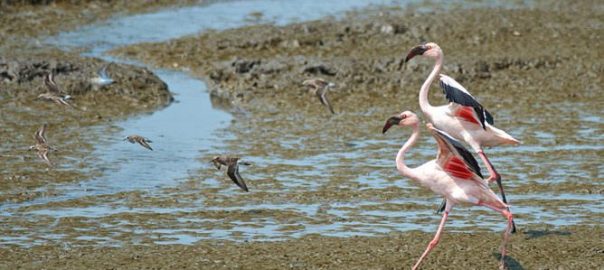
Mention the word biodiversity to a city dweller and images of remote natural beauty will probably come to mind — not an empty car park around the corner. Wildlife, we think, should be found in wild places, or confined to sanctuaries and national parks. But research shows that cities can...
2 Comment(s)Join our Conversation
22 January 2014
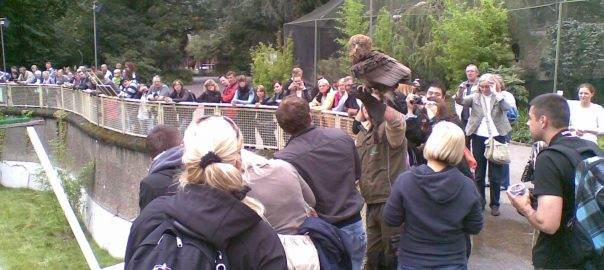
What’s a zoo to you? “Zoo” was one of the first words I learned to say, and the local zoo was my favorite place to visit as a child. I can’t be sure that it was that experience which led me to decide, at an early age, to pursue a...
5 Comment(s)Join our Conversation
19 January 2014
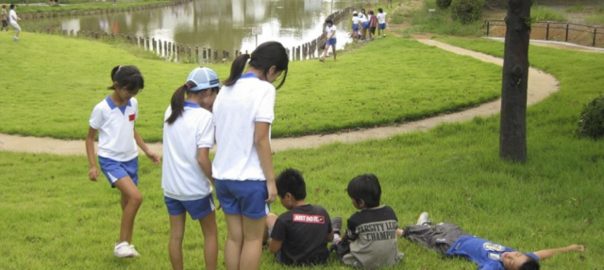
The “Megurizaka pond renovation” project started in 2008 by creating a place for children to play and help restore nature to a small part of Kitakyushu City in southern Japan. The aim was to create an area for children’s play and ecological education that could also form a part of...
8 Comment(s)Join our Conversation
15 January 2014
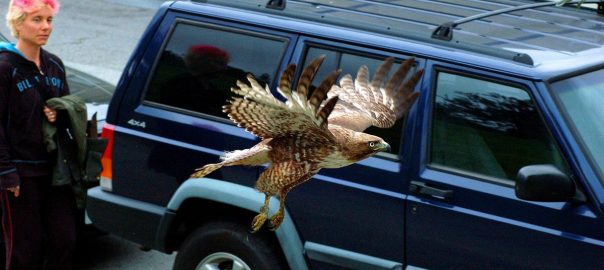
Ok, if you can look past my anthropomorphic statement that wildlife make decisions, the topic I would like to address deals with the adoption and use of ecological principles by the design community. Patch size, landscape connectivity, edge effects, corridor ecology, landscape ecology, and metapopulation theory are just a few...
6 Comment(s)Join our Conversation
12 January 2014
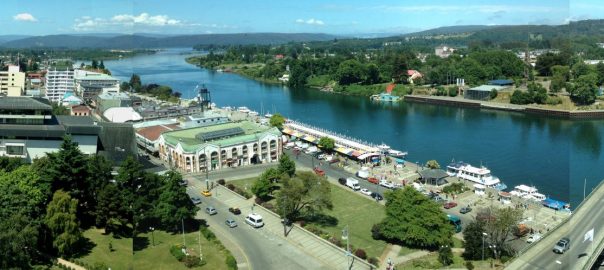
Changes that cause major disruptions in human settlements, such as those triggered by earthquakes, tsunamis and volcanic eruptions, can give rise to new landscapes that reveal a natural cycle, which is part of the territory where cities grow and develop. These landscapes emerge particularly in cities exposed to recurrent natural...
2 Comment(s)Join our Conversation
6 January 2014
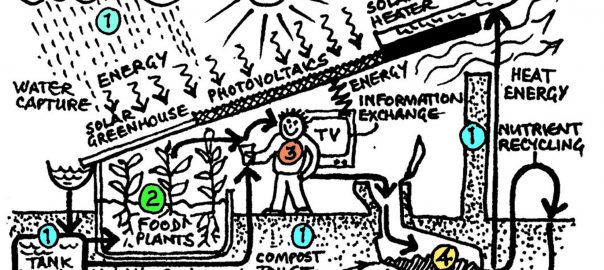
23 Comment(s)
Join our Conversation
5 January 2014
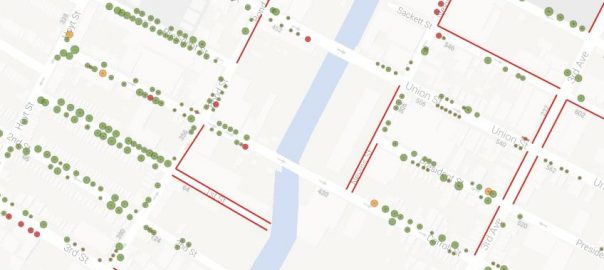
Local governments planted millions of young trees on urban streets throughout the United States during the first decade of the 21st Century. From Los Angeles to New York, large cities made prodigious investments in urban reforestation and wrote off the expense as a relatively thrifty way of dealing with some...
3 Comment(s)Join our Conversation
2 January 2014
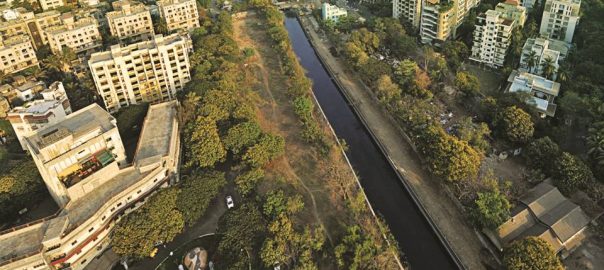
A new vision of ecologically sophisticated cities has been gaining momentum. Today, in increasing numbers, scientists, designers, and practitioners create useful knowledge about the nature of cities through research and action that inspires public debate and decision makers. More citizens are becoming more engaged in the conversation about urban nature — a conversation...
0 Comment(s)Join our Conversation
23 December 2013
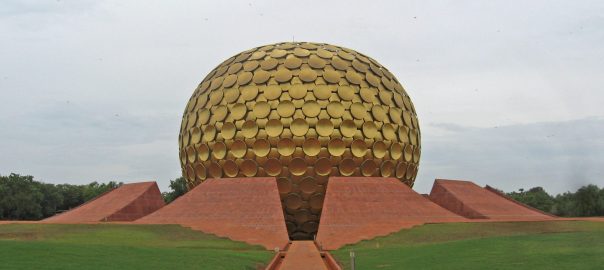
Another revolution the “ecological revolution” is required to go back and live in co-existence with nature. Recently I have been to Auroville, an experimental universal township in Tamilnadu and Puduchhery of southern India. This was founded in 1968 by Mirra Alfassa known as “The Mother”. Auroville came to be known...
2 Comment(s)Join our Conversation
18 December 2013
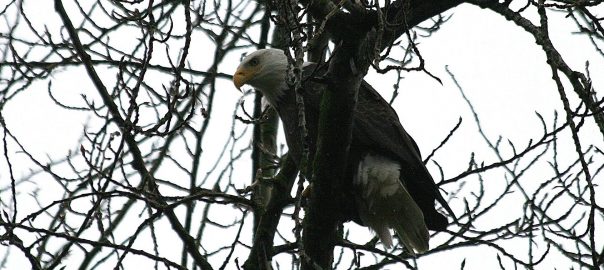
By all rights a one-eyed bald eagle is a doomed bird. Imagine trying to catch a salmon or a brush rabbit with no depth perception. Oh eagles will scavenge and occasionally steal food from one another, but roadkill and kleptoparasitism will only get you so far in life…or so the...
1 Comment(s)Join our Conversation
14 December 2013
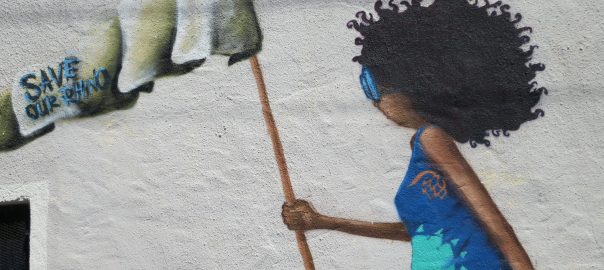
Graffiti, revered and loathed by turn, provides insights into societal attitudes and perceptions. In this short photo essay I present nature-related graffiti from the City of Cape Town. Cape Town still bares the hallmarks of apartheid with significant race-based development and wealth discrepancies. It is situated in the middle of...
1 Comment(s)Join our Conversation
10 December 2013
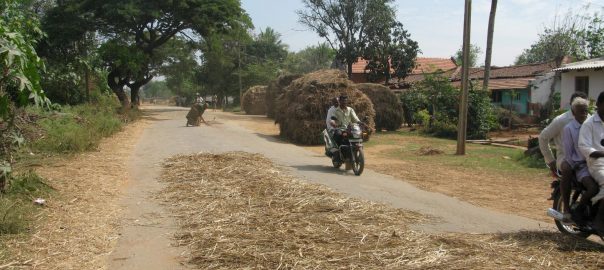
Popular descriptions of urbanization these days often describe humanity as having entered a “new urban era“, with more people living in cities today than they do in rural areas. Urban areas have a large footprint of impact on the rural countryside, and the line between the urban and the rural is...
5 Comment(s)Join our Conversation

